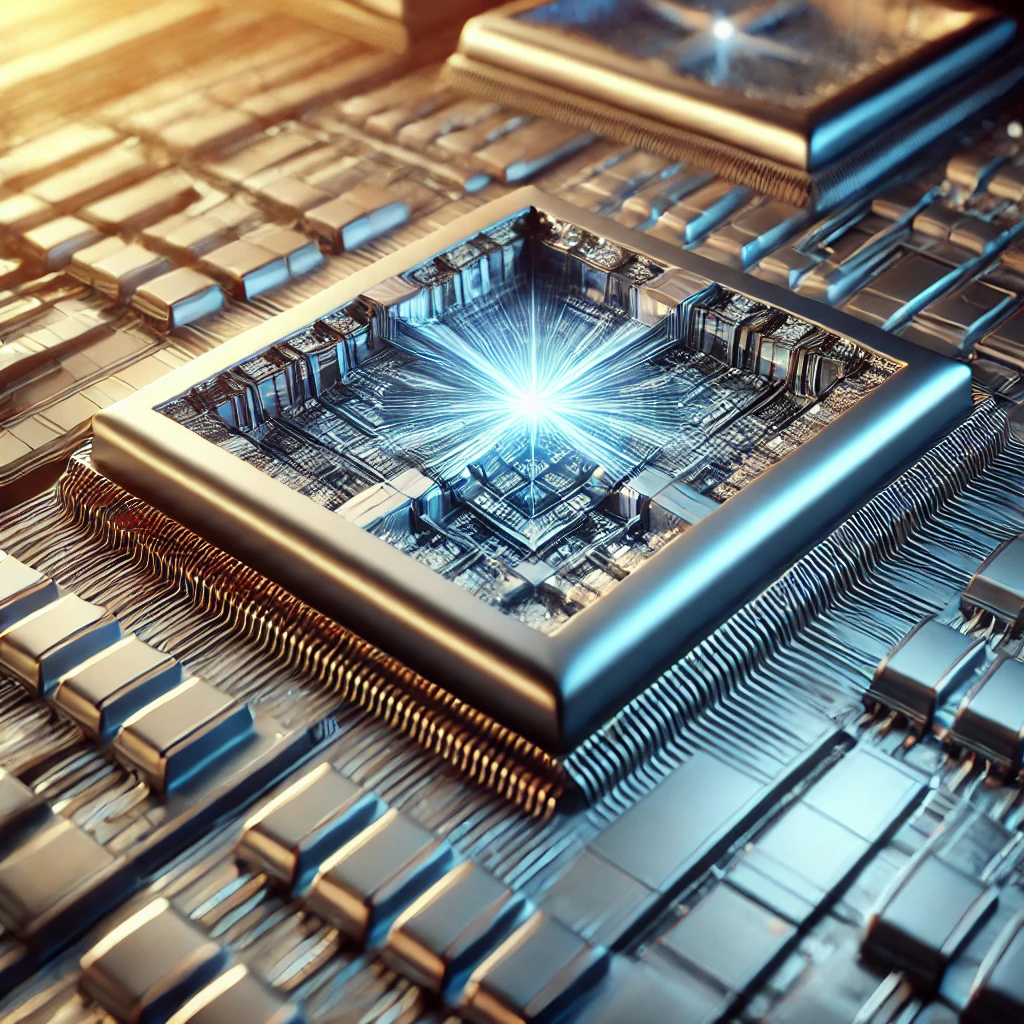As technology advances, the demand for smaller, more powerful computer chips continues to grow. Silicon chips, which have been the backbone of technology for over half a century, are reaching their limits in terms of feature size and performance. The tiniest features on today’s chips are approximately 3 nanometers—a fraction of the width of a human hair, which is about 80,000 nanometers wide. To meet the growing need for enhanced memory and processing power, researchers are exploring new materials and processes. One promising avenue is the development of TMD-based semiconductors which could pave the way for the next generation of computer chips.
The Promise of TMD-Based Semiconductors: Researchers at the U.S. Department of Energy‘s Princeton Plasma Physics Laboratory (PPPL) are at the forefront of this innovation. They are leveraging their expertise in physics, chemistry, and computer modeling to develop new processes and materials that could lead to smaller, more efficient chips. TMD-based semiconductors are a key focus of their research. These materials, known as transition-metal dichalcogenides (TMDs), offer unique properties that could revolutionize chip manufacturing.
What Are TMDs? TMDs are ultra-thin materials composed of a transition metal layer sandwiched between two layers of a chalcogen element—such as oxygen, sulfur, selenium, or tellurium. Despite their three-dimensional nature, these materials are often referred to as two-dimensional because they can be as thin as three atoms. The atomic structure of TMDs forms a crystal lattice, which ideally should be consistent throughout. However, in reality, small alterations or defects often occur within this lattice.
Understanding Defects in TMD-Based Semiconductors: Defects in TMD-based semiconductors can significantly impact their electrical properties. These defects include missing atoms or atoms in unexpected locations within the crystal lattice. While some defects can improve the material’s electrical conductivity, others may hinder its performance. Therefore, understanding these defects and their effects is crucial for refining the manufacturing processes of future chips.
The Role of Defects in TMDs: One of the most common defects in TMDs is the chalcogen vacancy, where an atom of oxygen, sulfur, selenium, or tellurium is missing from the lattice. Researchers have found that these vacancies can affect the material’s electrical charge. For example, certain defect configurations involving hydrogen atoms can introduce excess electrons into the material, creating a negatively charged semiconductor known as an n-type semiconductor. This discovery is significant because computer chips rely on combinations of n-type and p-type (positively charged) semiconductors to function.
Implications for Chip Manufacturing: The findings from PPPL researchers lay the groundwork for developing plasma-based manufacturing systems that can create TMD-based semiconductors with precise specifications. By understanding the energy required to form different defects and their impact on the material, scientists can tailor the manufacturing process to incorporate or eliminate these defects as needed. This research also sheds light on past experiments with TMDs and provides a roadmap for future investigations into these promising materials.
The Future of TMD-Based Semiconductors: The potential of TMD-based semiconductors is vast. As researchers continue to explore and understand the properties of these materials, they move closer to creating the next generation of computer chips. These advancements could lead to smaller, more powerful devices that meet the ever-growing demands of the digital age.
Conclusion: The future of technology hinges on the development of new materials and processes that push the boundaries of what is possible. TMD-based semiconductors represent a significant step forward in this quest. By detecting and understanding the defects within these materials, researchers are paving the way for the next generation of computer chips that will power tomorrow’s technology.











